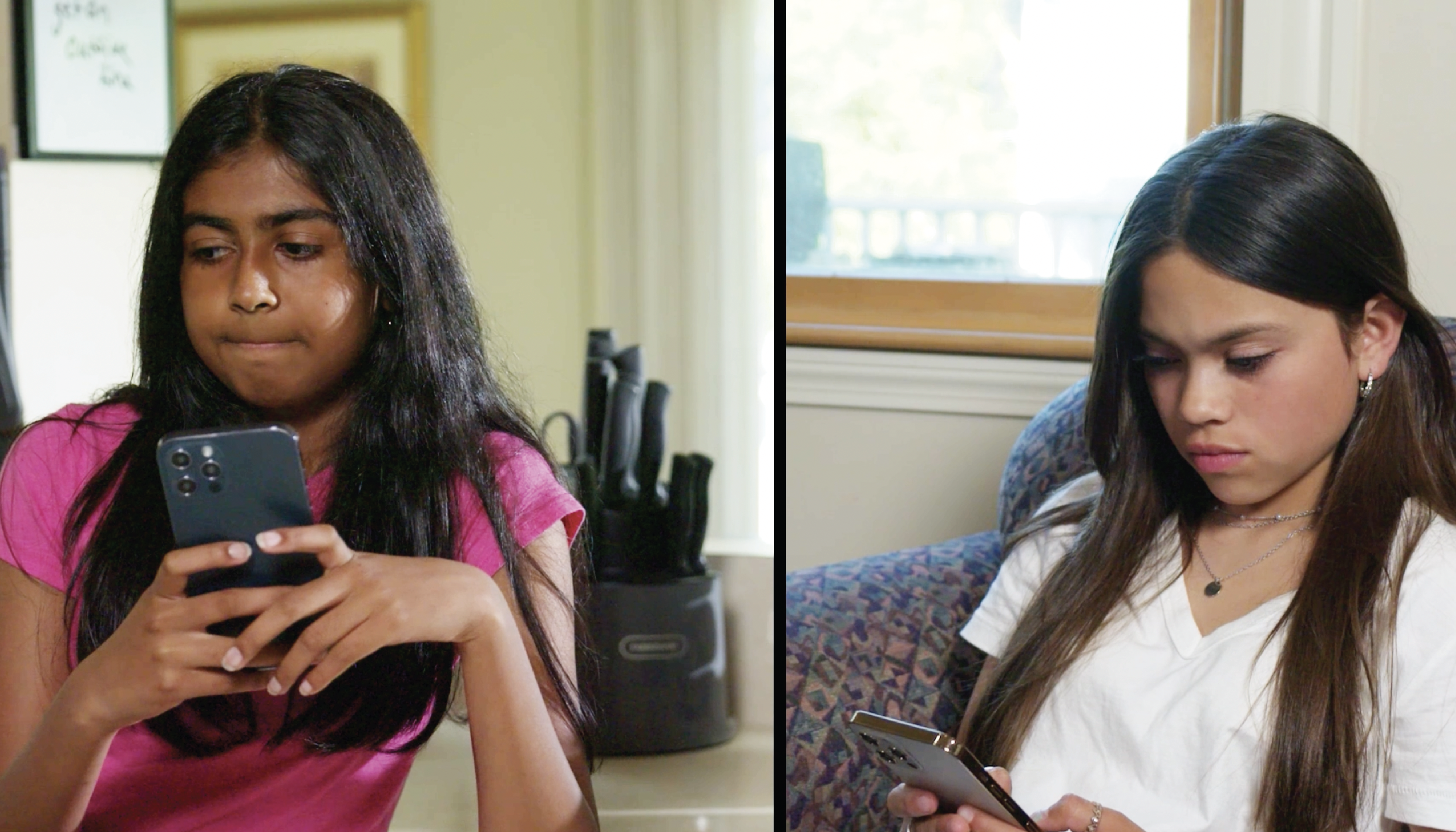
Introduction
Texting is an enjoyable and convenient method of communication for many people, particularly high school students. However, understanding the true meaning behind text messages can sometimes be challenging. Without the context provided by body language, facial expressions, and tone of voice, miscommunications can easily occur. This blog post will explore strategies and activities that educators can use to help high school students navigate miscommunications over text and improve their communication skills.
No-Prep Activity: The Text Message Interpretation Game
This activity requires no preparation or materials from the educator. To begin, have students pair up or form small groups. One student will create a text message and send it to their partner or group members. The receiving students will then try to interpret the message’s meaning and intent. After discussing their interpretations, the sender will reveal the intended meaning behind the text message.
This activity encourages students to think critically about the messages they receive and consider alternative interpretations. It also highlights the importance of providing context and clarity in their own text messages to avoid miscommunication.
Discussion Questions
- What are some common challenges you have faced when interpreting text messages? How did you handle those situations?
- How can you ensure that your text messages are clear and won’t be misinterpreted by others?
- What strategies can you use to clarify a situation if you think a miscommunication has occurred over text?
- How can considering the other person’s perspective help you better understand their text messages?
- Why is it important to be aware of potential miscommunications when using text as a primary form of communication?
Related Skills
In addition to addressing miscommunications over text, there are other related skills that can help high school students navigate the complexities of communication. These skills include:
- Active listening: Developing the ability to truly listen to others, both in person and through digital communication, can improve understanding and reduce miscommunications.
- Empathy: Cultivating empathy for others can help students better understand the emotions and intentions behind the messages they receive.
- Conflict resolution: Learning how to resolve conflicts in a healthy and constructive manner is essential for maintaining positive relationships, especially when miscommunications occur.
- Nonverbal communication: Understanding the importance of nonverbal cues, such as facial expressions and body language, can help students recognize when these cues are absent in text-based communication and adjust their interpretations accordingly.
Next Steps
Miscommunication over text is a common issue, but with the right strategies and activities, high school students can learn how to navigate these situations more effectively. To further explore this skill and others, we encourage you to sign up for free samples of our materials at Everyday Speech sample materials. These resources can support educators in teaching essential communication skills and promoting social-emotional learning in their classrooms.

